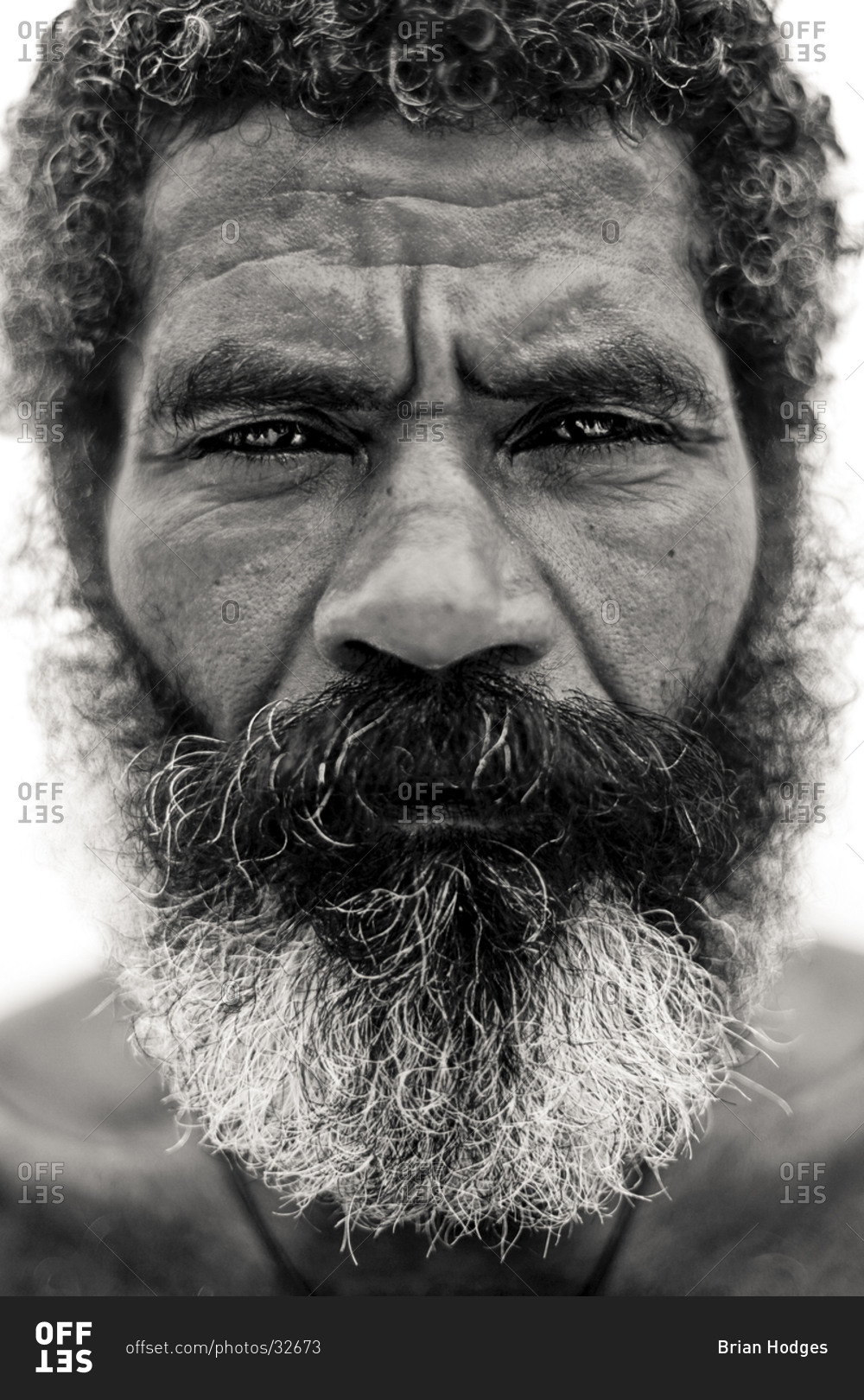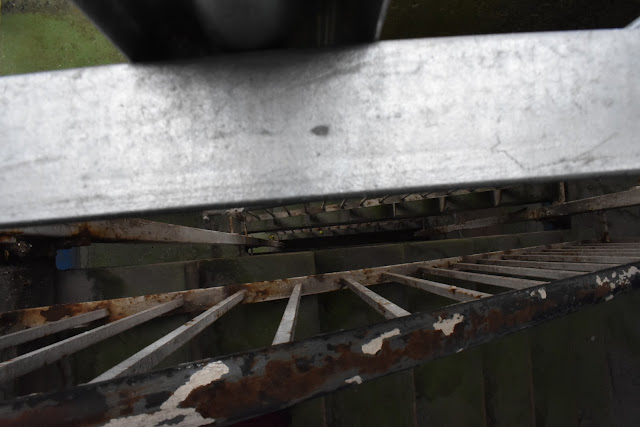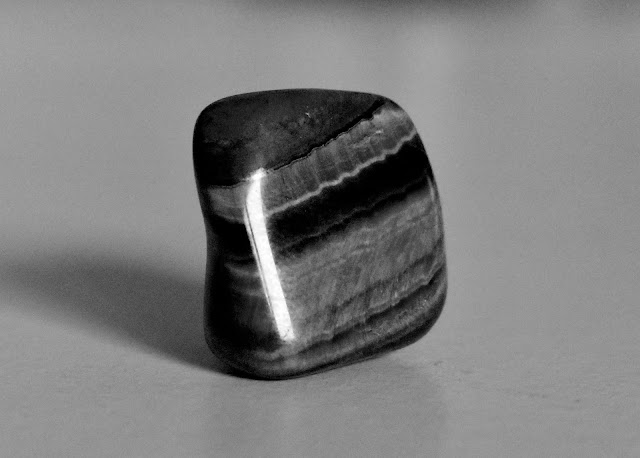Texture
Texture is the visual definition upon the surface of an object. Texture is one way of drawing the viewer's attention into a photo. When used correctly, the effect of the texture of the elements in the photo can become as commanding as the use of pronounced colours, dramatic scenery or induced movement by lines. The use of light can accentuate texture by defining textures with shadows and light definition.

Pattern
Pattern utilizes elements that are repeated. The repetition of lines, shapes, tones or colour can create intriguing photos. Pattern is a natural or man-made structure presented in a regular or irregular manner. The use of pattern can create photos to be dramatic and more eye-catching.
Man-made

Natural

Research (Texture)
Luke Tierney
Tierney is a simple photographer who has captured a few nature photographs but has displayed high definitions of detail by removing the saturation and the use of light.

John Coplans (1920 - 2003)
Coplans was a British photographer renowned for his graphic photos of the aged human anatomy. His work was always desaturated and the texture of the skin is detailed and defined dramatically.
Luke Tierney
Tierney is a simple photographer who has captured a few nature photographs but has displayed high definitions of detail by removing the saturation and the use of light.

The use of light on the tree branch creates shadowing onto the slight details on the surface, the light being above the surface but slightly behind, makes sure to present every detail possible. This could also be a use of leading lines due to the cracks in the branch following all the way through it. This can represent the strength of nature due to how strong presentation of its details.
Coplans was a British photographer renowned for his graphic photos of the aged human anatomy. His work was always desaturated and the texture of the skin is detailed and defined dramatically.

This photo of a hand tensed up to create a creasing on the skin owns a high contrast on the creases. The texture of the skin is presented by a light facing the top of the photo, to create an intensity in the shadows so every detail is visible. The hands creases and definitions are so dramatic and powerful, it could be representing the wisdom and strength of older people, insinuating they hold the wisdom that so many of us desire.
Alison Haigh
Haigh is a British graphic designer who tends to create repeated pattern designs. These two photos below is her only physical work of mints creating a pattern.
Till Rabus
Rabus is painter renowned for her abstract and abnormal paintings of erotic clothing and people involved inanimate objects. These two paintings below is her more mellow work in a regular pattern.










Haigh is a British graphic designer who tends to create repeated pattern designs. These two photos below is her only physical work of mints creating a pattern.
This photo of white mints lined up to create a pattern on a black surface owns a slightly irregular pattern; this makes the photo more intriguing to focus on. This a clear man-made pattern. Some of the mints appear like pills and the pattern appears more medical (formal); this could represent people that are prescribed medicines for disorders or simple issues, making the photo create a more serious/dramatic atmosphere.
Rabus is painter renowned for her abstract and abnormal paintings of erotic clothing and people involved inanimate objects. These two paintings below is her more mellow work in a regular pattern.
This painting of trash bags stacked upon each other owns a slightly irregular pattern but is regular in the aspect of them all being the same object. Though trash is not the most appealing of things, this painting can represent the destruction of the world's environment created by people; since the bags are inanimate objects, when viewed they are less valued than if a person were painted. This shows how we as people do not value or really consider what we are doing by simply wasting so many important things that affect our planet.
Image Bank (Texture)



These photos represent the type of texture work I personally admire. I enjoy human textures but can also find interesting textures within nature. All the photos are monochrome which grabs more details than if in saturation I believe; it adds a layer of depth that really brings out all the textures within a photo. I plan for my texture photos to be diverse similar to this image bank.
Image Bank (Pattern)



These photos represent the pattern photography I personally enjoy. My preference is architecture (man-made) photos; this can represent line or pattern. Some natural photos are intriguing also. All the photos are monochrome, I think this keeps the focus in balance in a photo, making sure no hue is grabbing all the attention. I think this keeps a pattern photo fair and sticks to its intention. I plan for my pattern photos to be similar in diversity to this image bank.
Selected Photos
Contact Sheet (Texture)
These are my raw photos for texture captured on my DSLR camera.
Contact Sheet (Pattern)
These are my raw photos for pattern captured on my DSLR camera.
Best Photos
These are my best-captured photos, untouched.
Texture
Pattern
Photos that require improvement
Texture
I believe these photos from my texture portfolio do not represent texture in the way I intended. The first photo of a supporting poll on a staircase could've been a really good photo, but I wasn't able to use manual focus and exposure to the best of my ability for this photo. The ISO was 20000, making the photo too noisy and couldn't collect more potential detail. If I were to retake this photo, I would firstly get closer to the poll and capture just the rust, I would also lower the ISO immensely down to make sure the detail was crisper, also with a more shallow aperture.
For the second photo of the crystal, due to the textures being internal, and the exterior being smooth and glossy, this doesn't represent texture at all. If I were to retake this photo, I would require a microlens, to capture just the interior of the crystal, revealing the textures inside better.
Pattern
I believe these photos from my pattern portfolio do not represent pattern in the way I intended. The first photo of the staircase had the potential to represent pattern, but the angle and exposure ended up not making this possible. The angle removed some of the railings visually, which removes the purpose of it being in a pattern. The ISO was on 1250 which is too high to capture the details more in the centre. If I were to retake this photo, I would not rush and make sure the photo is perfectly centred and lower the ISO to keep the exposure at a reasonable level.
For the second photo of the pinecone framed by an acrylic piece, the pinecone does in a sense represent pattern here, but compared to the other photo of the pinecone, this one appears not as representative. If I were to retake this photo, I would change the positioning of the pinecone to make it appear more like a pattern photo, and aline the acrylic frame better with the photo.
AO3: Record ideas, observations, and insights relevant to intentions reflecting critically on work and progress.
My Ideas
Texture
My ideas for recording texture was to capture diverse versions of capturing texture, that being on real life things, such as people, and inanimate things, such as crystals.
My photo inspiration was based on mainly my image bank and Luke Tierney's work, his photos of nature really grabbed ever detail on the surface.
I believe my photos came out as intended with the variety of photos. Although I wish I could've captured more photos similar to John Coplans work, I really admired his representation of the human body but unfortunately, I didn't have the time to collect photos in this style.
Pattern
My ideas for recording pattern was to capture mainly architectural (man-made) photos, and simply a few natural photos. This is to represent more than just one way of presenting pattern.
My photo inspiration was based on Till Rabus and Alison Haigh, also my image bank. Haigh presented irregular man-made patterns, while Rabus presented a less artificial and more regular pattern.
I believe my photos came out as intended with the main focus being man-made work, but still presenting the natural side of pattern. I believe my preference is architectural though, so in the future, I will stick to more man-made subjects.
Reference to best photos
Texture
The first photo of the flower was inspired by the photo in my image bank of the dandelion. I used a shallow depth of field on aperture to bring the total focus to the flower. The details on the flower's pistil are spiked out and textured all the way around; the ombre from the centre outwards creates a more 3D effect to the photo.
The third photo of the brick wall was an idea created in my head. The cement between the bricks is grainy and rough; the light pointing to the left side of it defines more of the textures. In my head, I plan to edit this so the textures are even more defined, too really capture the details.
The fifth photo of a man's beard was inspired by the last photo in my image bank. I believe a beard can really capture details and history, it can also create many messages for photography, theming with this generations interpretation of masculinity. The different textures in hairs and colours grab the representation of texture.
Pattern
The second photo of the back bike wheels lined up in an irregular pattern is inspired by a similar photo in my image bank. I find this photo intriguing since it's not a typical representation of pattern. The wheels are in an irregular pattern which makes the photo more attention-grabbing.
The third photo of the lined up windows on a building is inspired by my admiration of architectural photos. The windows could represent line as well as pattern, but the windows all being open creating a repetition links better with pattern. The bricks also create a sense of pattern, the two forms clash appropriately though.
The last photo of the pinecone is a natural made pattern, inspired by the aloe vera plant photo in 'definition & theory'. The exposure is low, creating a deep tone in shadowing, while the edges of the pinecone are revealed with light from the right bottom corner. The pinecone creates a geometric silhouette with its repeated pieces, representing pattern in a satisfactory sense.
(Texture & Pattern)
With regards to my photos of improvement, my intentions were met and majority of my photos came out as intended. My main issues seem to be the time I have to complete the photos and not always having a direct composition for my photos. I will improve this issues by finding a way to have more time, and not capturing anything until I am certain of the composition I want.
AO2: Explore and select appropriate resources, media, materials, techniques and processes, reviewing and refining ideas as work develops.
Use of Camera (Texture & Pattern)
I used a Nikon D3400 DSLR camera for every photo taken. I used manual focus for all photos and used aperture on average F-stop 3.5-5 to keep a shallow depth of field for most photos. The exposure was drastically high in most photos ranging from ISO 1000 - 20000, this was not my intention and should've paid better attention. I used no other camera techniques.
Final Pieces (Texture & Pattern)
All of my researched photographers (Luke Tierney, John Coplans, Alison Haigh, and Till Rabus) had their pieces without colour and with high depth so I stuck to my inspiration and put my photos onto Photoshop.
I firstly pressed CTRL+SHIFT+U to remove all saturation from the photo. Then pressing CTRL+L to open up 'Levels...' and dragging the dark tones lower to add more depth into the photos and make them sharper, this revealed more of the textures. Then pressing CTRL+M to open 'Curves...' dragging the centre of the line down only slightly to darken everything making details look more dramatic.
AO1: Develop ideas through sustained and focused investigations informed by contextual and other sources, demonstrating analytical and critical understanding.
Texture
The research photographers (Luke Tierney & John Coplans) and image bank helped me realise that I wanted a variety in my texture photos; from enjoying both life-like and still life textures. Textures key ingredient is the use of light, the angles and whether its artificial or not, truly affecting how the textures are captured. Texture creates the senses in a photo to be more defined and dramatic. My research photographers taught me the power of a highly textured photo.
Pattern
The research photographers (Alison Haigh & Till Rabus) and image bank guided me to conclude my satisfaction with architectural (man-made) pattern photography, I still wanted to present the form of natural pattern photos also though. Pattern photography can create psychological messages that some other forms of photography cannot; it's an easy way to grab a viewers attention and are typically satisfactory to the eye. My research photographers taught me the beauty and unique value of pattern photography.
AO4: Present a personal and meaningful response that realises intentions and, where appropriate, makes connections between visual and other elements.
Texture
I believe my pieces for texture match my original intentions, by presenting texture in its diverse forms and providing the evidence of texture forming a more dramatic setting. These are my final pieces for texture.

Pattern
I believe my final pieces match my original intentions in presenting majority man-made pattern work, but still presenting the natural aspect of the work. These are my final pieces for pattern.











































